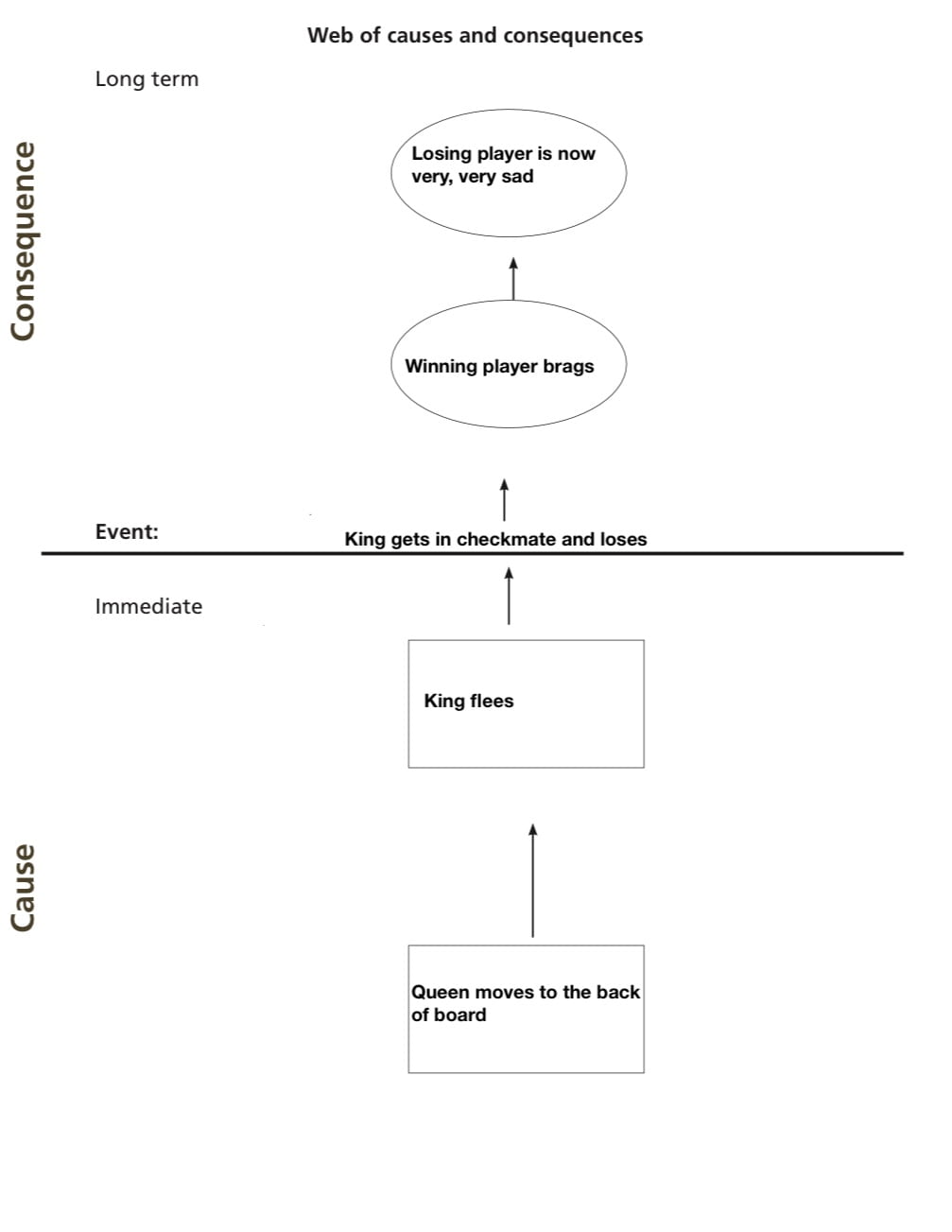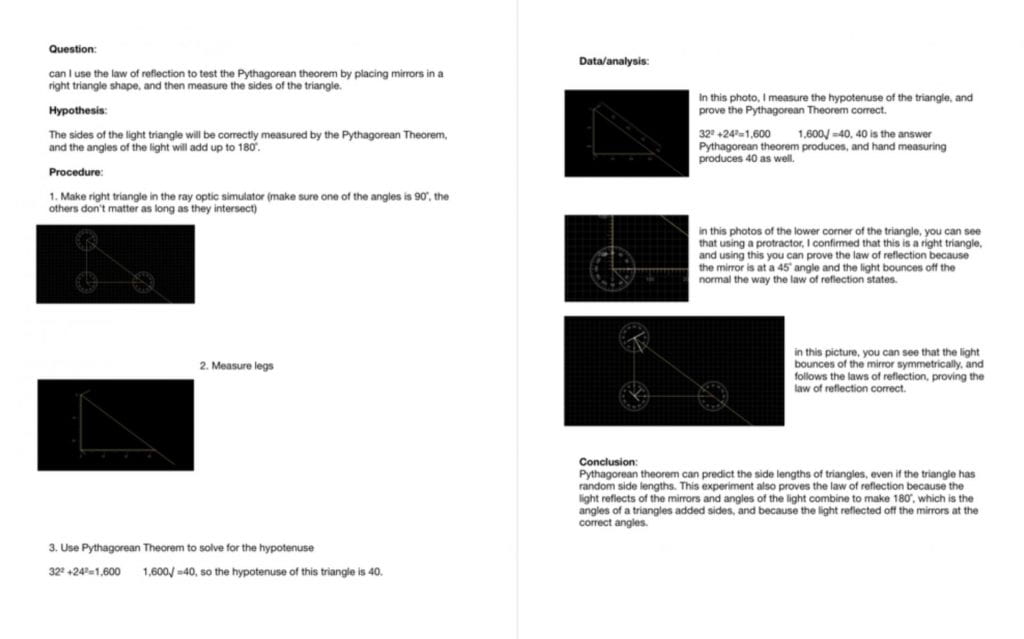Today, I am going to be talking about the latest project I have done: the Ultimate Design Challenge! In this group project I learned how to use a design software called Tinkercad to create an object optimized for either surface area or volume. I also learned how to measure my shape to figure out if I have achieved my goal. So, without further ado, here is the post.
We started of the first day of the project with an activity. This was our task:
Use measurements and surface area calculations to determine how much it would cost to paint our classroom (4 walls and a ceiling) and replace the flooring. your group will be assigned one wall/floor/ceiling
-Measure and record the dimensions of your surface.
-Estimate and subtract areas that do not need new paint or flooring.
-Do research and a calculation

So we did that, and figured out that the floor would cost approximately 1,193.45$, and the ceiling would cost about 1,424.72$.
The first milestone for this project was rephrasing the driving question in a more specific way. The driving question for this project was: How Can I Design An Object To Optimize It’s Shape? My milestone one question was: How can I design a model of an electric hobby motor for maximum surface area in a certain area?
For the second milestone, I created my model and wrote out the formulas I would use to measure it.

After this, I exported my model as an .STL file for 3D printing. (Though it never got printed in the end)
For milestone three, I measured my model. The pages of measurements are below.
Milestone four would’ve been the final printed object, but, as said before, my group’s model never got printed.
Then, Milestone five: the presentation. This is the final presentation in front of the class about our objects. Here is my slide:

And, as with all PLP projects, throughout the whole project there are curricular competencies as guides for us.
Applying and innovating: Contribute to care for self, others, community, and world through personal or collaborative approaches.
All class time is used efficiently for learning without distractions.
I used all my class time well, and I think that is reflected in the quality of my work.
Reasoning and Analyzing: Model mathematics in contextualized experiences.
A 3D object is designed using TinkerCad or other design software. The design is optimized for either maximum volume or maximum surface area. The design should include at least 10 basic 3D shapes (A model should also be built cooperatively for groups of 2 or 3)
My 3D object was designed to fit the criteria above, but if i did the project again I would add more complex shapes to my design
Communicating and Representing: Explain and justify mathematical ideas and decisions
The surface area and volume are measured, calculated, and compared for efficiency. These factors are explained in detail in a keynote presentation to the class.
Most of these factors are explained in my keynote presentation, but I think I could’ve added more information about how I made my calculations in my keynote presentation
Thanks for reading my post! If you want to check out my group member’s blogs, click on a link below:
Anyways, see you in the next post. Bye.








































